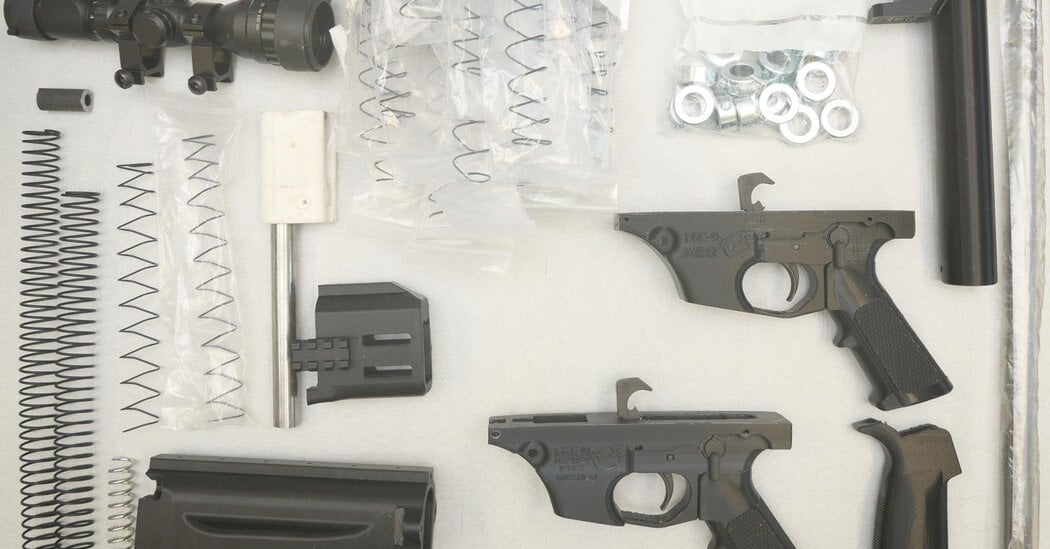There goes gun control. “After an attempted gang murder in the French city of Marseille last year, the police found what appeared to be a toy assault rifle, seemingly crafted from plastic and Lego parts. ‘But the weapon was lethal,’ Col. Hervé Pétry of the national gendarmerie recalled.”
FGC is an abbreviation that represents what its creators think of gun control. Nine is for the 9-millimeter bullet it fires.
Mr. Elik, in his email to The Times, said it was wrong to focus on “European cops complaining about a small number of guns being recovered,” and shootings in which nobody was injured, “rather than the gun’s use as a tool of liberation.”
Anyone with a commercial 3D printer, hundreds of dollars in materials, some metalworking skills and plenty of patience could become a gun owner.
While countless 3D-printed guns have been designed and circulated on the internet, international law enforcement officials say that the FGC-9 is by far the most common. The gun is so desirable among far-right extremists in Britain that the possession and sharing of its instruction manual is being charged as a terrorist offense.
Ivan the Troll’s media message is that this is hypocrisy. Western governments, he has noted, have armed the world’s insurgents and authoritarian leaders with weapons of war. “I’m sharing a computer file,” he said in a 2022 interview. “If I’m guilty of sharing information, what does that make them?”
And while the FGC-9 has become a staple with some of the world’s far-right extremists, it has also been embraced by insurgent groups that are fighting Myanmar’s military junta, which has committed atrocities on its own people.
“A lot of people use them,” said a fighter there who goes by the call sign 3-D. He said the FGC-9 was often used for personal defense rather than for combat because its design left it susceptible to jamming in the harsh jungle environment.



As long as you don’t need particularly tight tolerances or fine details, it works perfectly fine. The setup really isn’t anymore complicated than I described. I have done it just because I wanted to see how difficult the process is. It’s around $100 in startup costs assuming you have access to a printer. After that it’s mostly just waiting and occasionally measuring cut progress.
Check out the Rack Robotics Powercore as well. It’s a low cost wire EDM system that uses cheap 3D printers as a motion platform. It uses a very similar principle to cut metal using wire as the cutting tool. May or may not be more suitable depending on your exact use case. Still pretty rough around the edges though; SendCutSend makes more sense for most people that need things cut from flat stock for the most part.